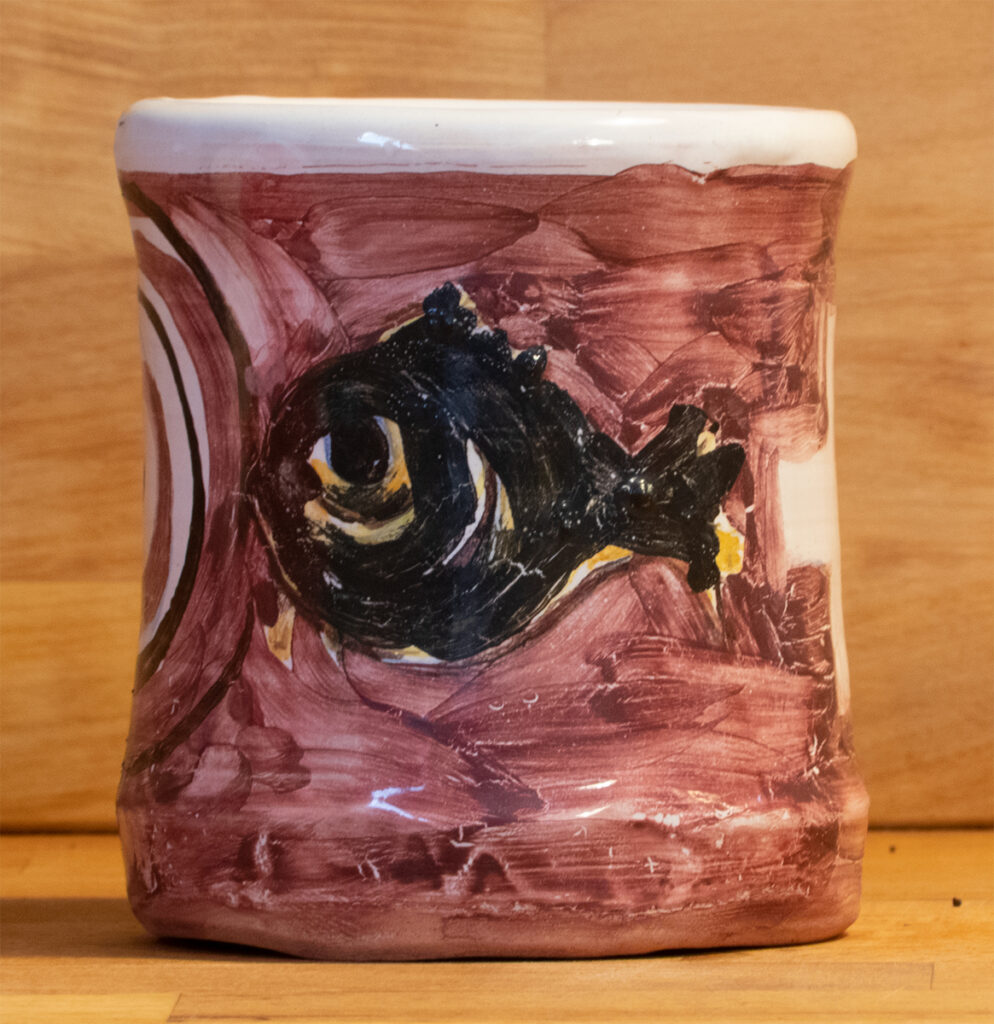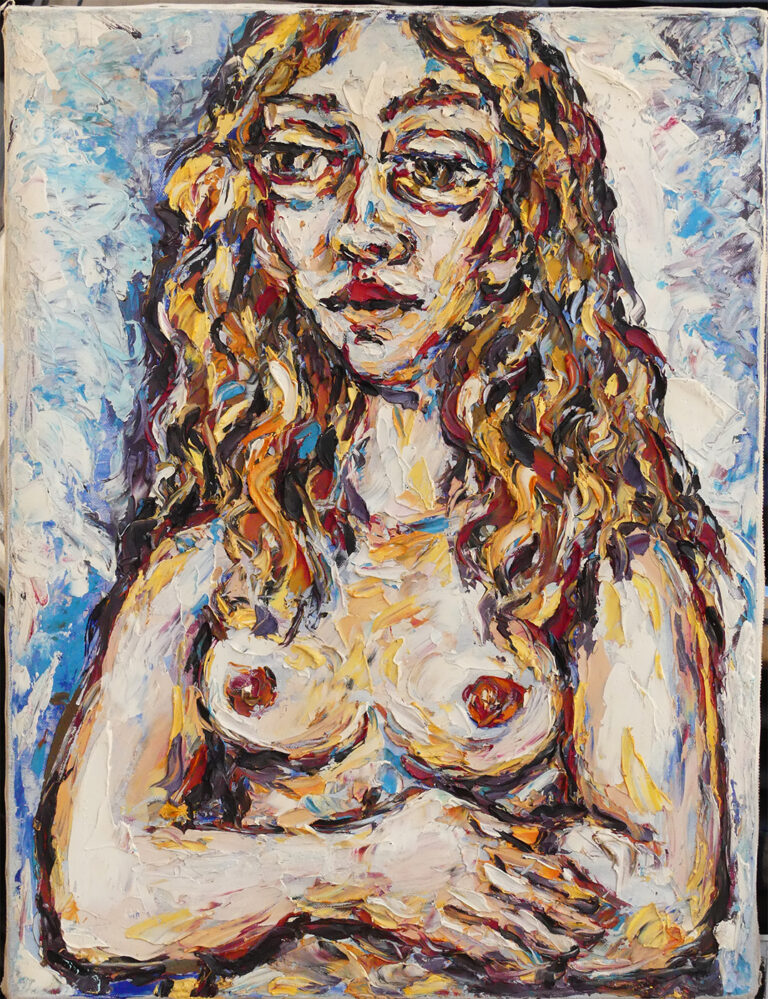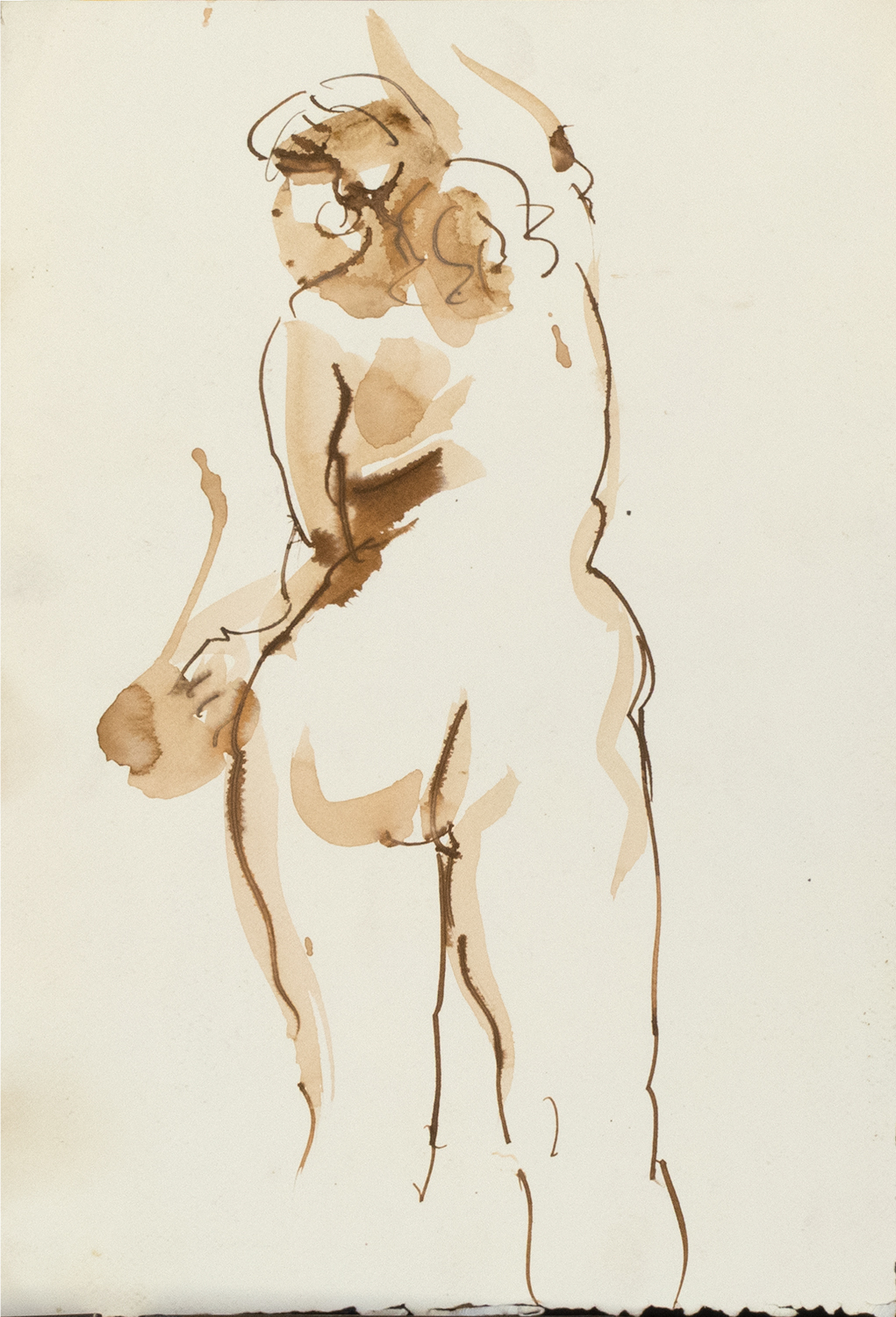Taoist handmade pottery
The Taoist artisan ceramics by Antonio García Calvente, is a creation of 2014, reflecting the result of a spiritual path of a lifetime.
More than 30 years as a meditator, more than 30 years as a ceramist, are the last artistic pieces of Antonio’s life’s work.
This handcrafted pottery has a handcrafted natural bath, on which the painting evokes original and inspiring Taoist symbolic images.
We find a series of pieces that alternate different key symbols that can help us understand the essential Taoist concepts.
Chuang Tzu’s K’un Fish
Chuang Tzu’s fish, the K’un fish, is a key allegory. It represents everything that is between heaven and earth, the measurer of worlds, the central element and its ancestral power.
It is said that when the K’un fish looks up, it sees everything blue, and when the K’un fish looks down, it sees everything blue. It is a symbol that above and below are the same, we look up and see Tao, we look down and see Tao, but the fish remains in the center, unable to reach one or the other, because it remains right between one and the other, and belongs equally to heaven and earth.
This symbol is represented in these ceramics by two lines that include the image of the fish.
In the northern sea lives a fish. Her name is K’un. The K’un fish is huge; It measures I don’t know how many thousands of miles. This fish transforms into a bird and is called P’eng. Their backs measure I don’t know how many thousands of miles. Swift is his flight. His wings resemble clouds hanging from the sky. It usually migrates by sea to the southern ocean. The southern ocean is the great raft made by Cie-lo. Ch’i deals with these portentous things. He says so. The P’eng bird, to start its flight to the boreal seas, hits the water in an extension of 3,000 miles and traces its flight in circles. These form whirlwinds of wind that lift you up. Thus it rises to a height of 90,000 miles. His one-way trip lasts six months. There are saivajes ‘horses, dust storms and animals that mutually throw their breath. The sky is deep blue. Maybe that is its color; perhaps it is the effect of its endless depth. Similar is the show if you look down.
Chuang Tzu (Book of Chuang Tzu, first chapter)
Spiritual symbolism in ceramics
Antonio, realizing that this would be his last job, simplified his entire experience and his spiritual path as much as possible, in order to deliver a simple, easily accepted gift. His objective of it, that it be simple, useful, and that at the same time, was not interpreted more than by those who already knew its meaning.
The Taoist spiritual path of Antonio García Calvente remained a secret throughout his life, very few people knew about this inner path. Both meditation and the practice of Tai Chi and Chi Kung, was something that he only shared with his children.
Chi Kung
The pieces that reflect the movements of Chi Kung, are made as part of the same Taoist movement. Looking for balance, harmony and beauty in the line.
His acupuncture career and study, the deepening of traditional Chinese medicine, the complex study of Feng Shui, the Luo Pan, the compass of the Feng Shui tradition, as well as the study of the I Ching that took him all his life, was something that only the closest people could know.
For this reason, of all that he left written and embodied, we find little about the Taoist symbolism that we see in his work. Even to relatives, friends and relatives, when showing them these ceramics and related paintings, nothing told them about the Taoist transcendental meaning behind it.
The key symbols of the I Ching that we find are manifest images of the movements and transformations that the book of changes teaches.
Taoist elements
The elements in the Taoist tradition are totally related to the movements of the I Ching, the organs of the human body, nature and the cosmos…
In the different pieces of pottery we see some that represent these symbols in an abstract and personal, symbolic and artistic way.
We see how the image of the fish, the spiral, the square, the star and the vertical line with two stars at the ends are repeated.
In these symbols we find earth, water, air, metal and fire. We see the cardinal points and the center, the zenith. We can discover the organs and the relationship between them.
The pieces that contain the engravings of the elements are totally original and unique. These references to the elements is Antonio’s creation, so you will not find other references to these symbols, nor the same symbols in any other Taoist artist. A simple object, to use every day, and without realizing it, to hold very important keys in your hands.
Pottery technique
The pottery technique arises from everything Antonio learned at the school of arts and crafts, and with his ceramic teacher. They are from the line of Ruiz de Luna, of traditional Talavera ceramics, where Antonio García Calvente was able to start in this art as a potter.
The clay soil is a bathroom chosen based on the sensitive experience that will be given to the pieces. This bathroom has a creamier and softer texture and color than other ceramics.
En esta línea en concreto, Antonio evitó todo tipo de craquelado, y para las tinturas utilizó pigmentos intensos y mezclas personales.
La línea de cerámicas negras, con baños y texturas únicos, fue en su casi en su totalidad robada, y tan sólo quedaba una cuando se recogió el legado.
Even so, as part of the artist’s wish, the same piece is for sale at a very cheap price.
And that was the idea of the artist, that these ceramics had a very affordable price, so that anyone who wanted to could have a spiritual Taoist symbol in their hands, to use it daily.

























